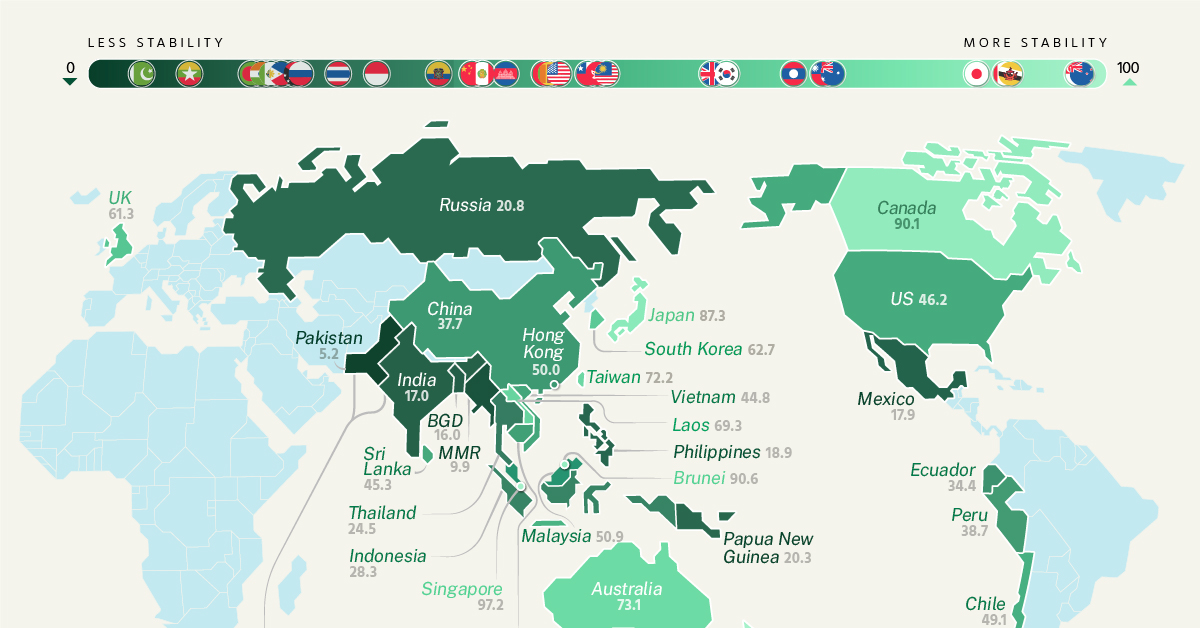Trump's Middle East Policy: Shifting Alliances And Regional Dynamics

Table of Contents
Abandonment of the Iran Nuclear Deal and its Ramifications
The Decision to Withdraw
The Trump administration's decision to withdraw from the Joint Comprehensive Plan of Action (JCPOA), also known as the Iran nuclear deal, in May 2018, was a cornerstone of its Middle East policy. The administration cited several reasons for its withdrawal, fundamentally disagreeing with the deal's terms and its perceived weaknesses.
- Sunset Clauses: The administration argued that the deal's sunset clauses, which limited certain restrictions on Iran's nuclear program over time, would allow Iran to eventually develop nuclear weapons.
- Ballistic Missile Program: The JCPOA did not address Iran's ballistic missile program, a key concern for regional security.
- Regional Activities: The administration criticized Iran's destabilizing activities in the region, including its support for proxy groups and its interventions in countries like Syria and Yemen.
The withdrawal triggered immediate international condemnation and significantly escalated tensions in the Middle East. Iran responded by gradually scaling back its commitments under the JCPOA, enriching uranium at higher levels, and increasing its military capabilities. The re-imposition of stringent Middle East sanctions by the US further complicated the situation, impacting Iran's economy and exacerbating regional instability. Keywords such as "Iran nuclear deal," "JCPOA," and "Middle East sanctions" became central to global discussions on the topic.
Increased Sanctions and Military Posturing
The Trump administration adopted a strategy of "maximum pressure" against Iran, combining the re-imposition of sanctions with increased military presence in the region. This involved a range of actions:
- Comprehensive Sanctions: The US re-imposed and expanded sanctions targeting Iran's oil exports, banking sector, and other key industries.
- Military Deployments: The US increased its military presence in the Persian Gulf, deploying additional troops and naval vessels.
- Military Exercises: Joint military exercises with regional partners were increased, signaling a show of force against Iran.
The effectiveness of this "maximum pressure" campaign remains a subject of debate. While it undoubtedly placed significant strain on Iran's economy, it also led to increased tensions and the risk of military confrontation. The policy arguably contributed to a realignment of regional alliances, pushing Iran closer to its existing allies and creating new opportunities for collaboration with regional rivals.
Realignment of Relationships with Key Regional Actors
Strengthened Ties with Israel
The Trump administration fostered significantly closer ties with Israel, marked by several key policy decisions:
- Jerusalem Embassy Move: The relocation of the US embassy from Tel Aviv to Jerusalem in 2018 was a highly symbolic move, reflecting the administration's strong support for Israel's claim to Jerusalem as its capital.
- Increased Military Aid: The administration significantly increased military aid to Israel, solidifying the strategic partnership between the two countries.
- Abraham Accords: A major achievement was brokering the Abraham Accords, normalizing relations between Israel and several Arab nations.
This strengthened relationship had significant implications for the Israeli-Palestinian conflict and regional stability. While it enhanced security cooperation between the US and Israel, it also raised concerns among Palestinians and other Arab states about the future of the peace process. Keywords like "US-Israel relations," "Jerusalem embassy," and "Middle East peace process" became inextricably linked to this shift.
Complex Relations with Saudi Arabia
The Trump administration's relationship with Saudi Arabia was characterized by a complex interplay of cooperation and criticism:
- Arms Sales: The administration approved significant arms sales to Saudi Arabia, supporting the Kingdom's military efforts against Houthi rebels in Yemen.
- Counter-Terrorism Cooperation: Both countries collaborated on counter-terrorism efforts, sharing intelligence and cooperating on security matters.
- Human Rights Concerns: The administration also voiced concerns about human rights abuses in Saudi Arabia, particularly the murder of journalist Jamal Khashoggi.
This complex relationship reflects the inherent tensions between strategic interests and human rights considerations in US foreign policy. The ongoing conflict in Yemen further complicates the dynamic, highlighting the challenges of balancing strategic alliances with ethical considerations. Keywords such as "Saudi Arabia," "arms sales," "human rights," and "Middle East alliances" reflect the multifaceted nature of this connection.
Impact on Regional Conflicts
The Syrian Civil War
Trump's approach to the Syrian Civil War involved a significant shift in US policy, culminating in the withdrawal of US troops from the country. This decision altered the dynamics of the conflict, leading to increased influence for Russia and Iran.
- Withdrawal of US Troops: The administration's decision to withdraw US troops from Syria left a power vacuum, affecting the balance of forces on the ground.
- Shifting Alliances: This withdrawal allowed other regional and international actors, notably Russia and Iran, to expand their influence in Syria.
The impact of this withdrawal on the ongoing conflict remains a subject of intense debate. It allowed for further consolidation of power by the Assad regime and its allies, potentially at the cost of long-term stability in the region.
The Yemen Conflict
The Trump administration's involvement in the Yemen conflict was largely characterized by continued support for the Saudi-led coalition.
- Arms Sales to Saudi Arabia: Continued arms sales to Saudi Arabia fueled the conflict, despite mounting international criticism of the humanitarian crisis.
- Limited Mediation Attempts: While there were attempts at mediation, the overall US approach largely supported the Saudi-led efforts, drawing criticism from human rights advocates.
The US's support for the Saudi-led coalition, despite the humanitarian crisis and allegations of war crimes, underscores the complexities of balancing strategic alliances with humanitarian concerns in US foreign policy.
Conclusion
Trump's Middle East policy fundamentally reshaped the regional landscape. His administration's actions, from abandoning the Iran nuclear deal to strengthening ties with Israel and engaging in a complex relationship with Saudi Arabia, resulted in significant shifts in alliances and regional dynamics. The long-term consequences of these policies, including their impact on regional stability and international relations, continue to unfold. Trump's Middle East policy remains a crucial area of study, highlighting the complex interplay of national interests, regional conflicts, and global security. To further understand the complex legacy of Trump's Middle East policy and its ongoing reverberations, explore additional resources and analyses focusing on shifting regional power dynamics.

Featured Posts
-
 Daily Lotto Tuesday 29th April 2025 Winning Numbers
May 18, 2025
Daily Lotto Tuesday 29th April 2025 Winning Numbers
May 18, 2025 -
 The Allure Of Hollywood In Casino Marketing And Advertising
May 18, 2025
The Allure Of Hollywood In Casino Marketing And Advertising
May 18, 2025 -
 Reddit Outage Widespread Issues Reported Globally
May 18, 2025
Reddit Outage Widespread Issues Reported Globally
May 18, 2025 -
 Novaku Se Ovo Jedini Put Desilo Pre 19 Godina Neverovatni Podatak O Njegovom Uspehu
May 18, 2025
Novaku Se Ovo Jedini Put Desilo Pre 19 Godina Neverovatni Podatak O Njegovom Uspehu
May 18, 2025 -
 Reddit Offline Causes And Recovery Timeline
May 18, 2025
Reddit Offline Causes And Recovery Timeline
May 18, 2025
